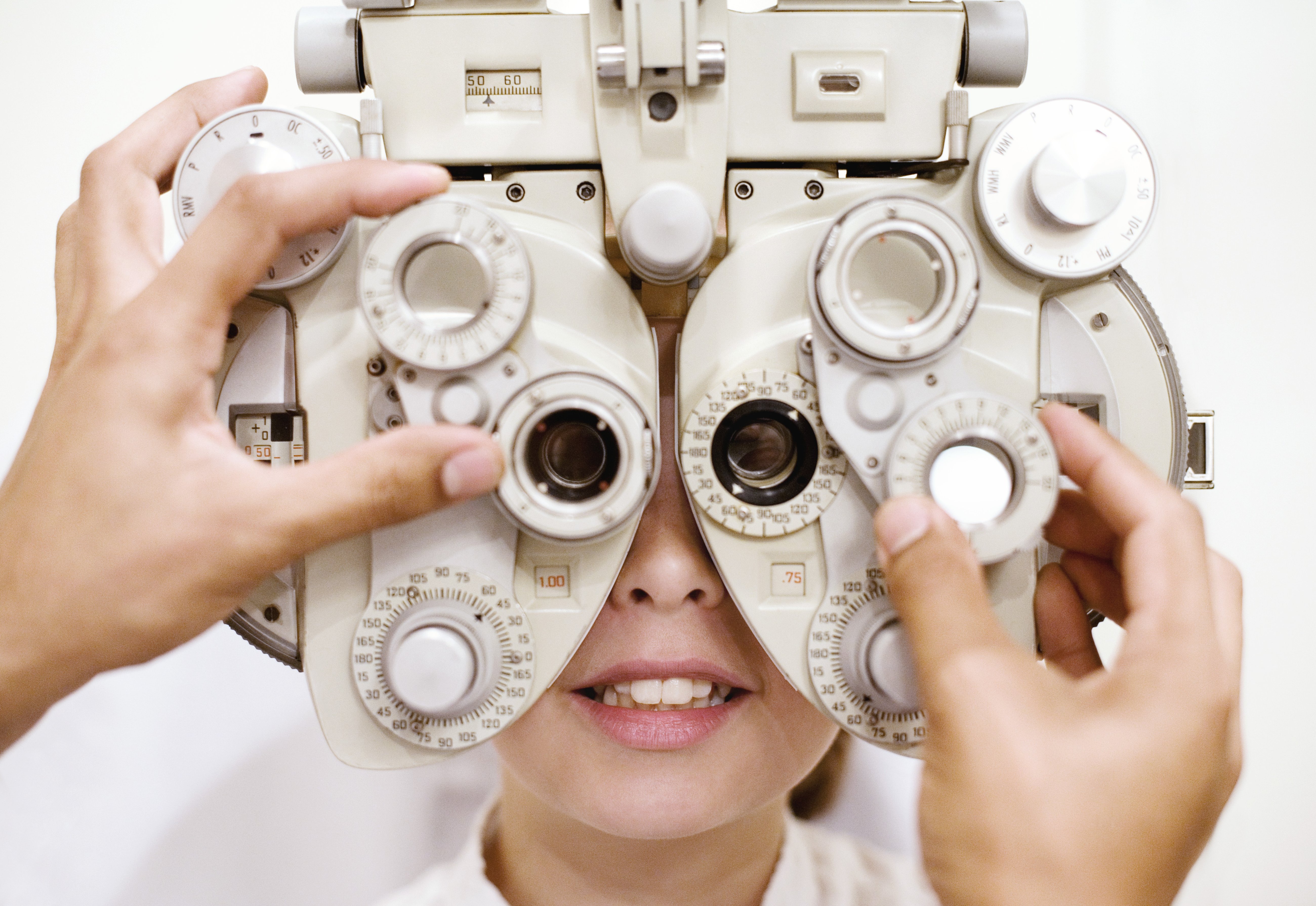 |
| This study found that structural complications can occur at lower levels of myopia, as well as the more conventionally accepted level of -6D or greater. Photo: Getty Images. |
It’s well established that axial elongation in myopia puts added strain on numerous ocular structures and predisposes individuals to a variety of complications. The rule of thumb most clinicians use is that six diopters of myopia is when patients enter a more vulnerable status. Now, research shows high myopes may not be the only ones to develop these structural complications; according to the results of a new study, corneal biomechanics, specifically corneal hysteresis (CH) and corneal resistance factor (CRF), appeared compromised (reduced ability to dissipate energy and resist deformation) from around -3.00D.
To examine corneal biomechanics across varying levels of myopia, the researchers identified 10,488 adults with myopia (spherical equivalent refraction, SER ≤−0.50D) from the UK Biobank. Participants were aged 40 to 69 years and had no history of systemic and ocular conditions.
The data showed that changes in corneal biomechanics were exponential with increasing myopia: as myopia worsened, the reduction in corneal hysteresis and corneal resistance factor became more pronounced. Specifically, the authors noted in their paper on the study, “Every SD decrease in CH and CRF was associated with 0.08D and 0.10D of higher myopia.” This finding conflicts with prior studies, which have found a linear relationship between corneal biomechanical changes and increasing myopia severity.
The researchers warned that this study highlights the importance of not misconstruing dioptric thresholds, such as -6.00D or -5.00D, as being intrinsically dichotomous (safe vs. unsafe threshold), suggesting that structural complications can occur at lower levels of myopia, as well.
“By erroneously assuming a linear relationship between CH/CRF and SER across the full range of myopia severity, ordinary least squares regression progressively (increasingly so with more negative SER) underestimated the true extent of corneal biomechanical weakening in myopia, as it failed to capture the intricate variations in CH and CRF across different quantiles of SER,” the researchers explained.
Overall, this research provides valuable insights into the relationship between corneal biomechanics and myopia, demonstrating compromised corneal biomechanics as a feature of myopia that becomes increasingly severe as myopia worsens.
Yii F, Strang N, Bernabeu MO, Dhillon B, MacGillivray T. Corneal biomechanics are not exclusively compromised in high myopia. Ophthalmic Physiol Opt. April 2, 2024. [Epub ahead of print]. |


